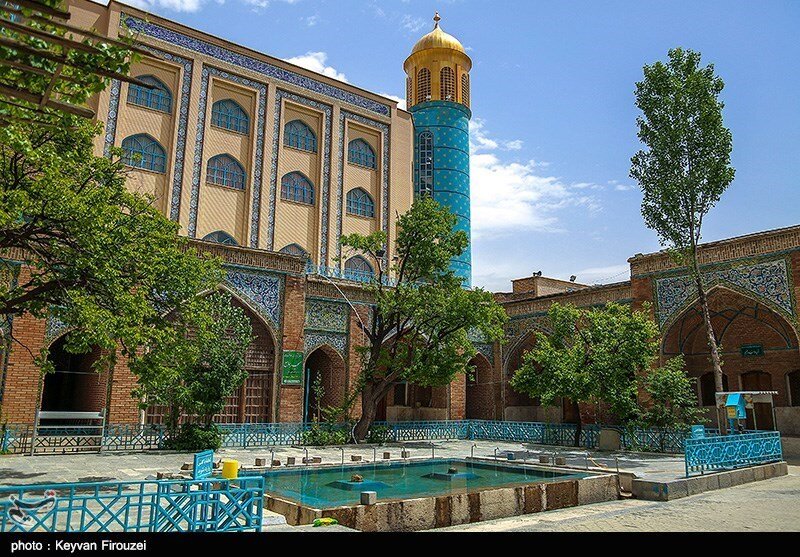
TEHRAN – Public museums are to be created on the premises of the Jameh Mosque of Sanandaj and a historical church, which stand tall in the capital of Kordestan province, the provincial tourism chief has announced.
The Jameh Mosque of Sanandaj, along with the church, are among the most important cultural and historical assets of this city, but unfortunately, they have not been able to be utilized for the development of sustainable tourism in religious and cultural fields, Yaqub Guylian said on Sunday.
These important and valuable buildings will be brought to the public’s attention when they become museums, the official added.
It will also provide better protection and preservation for these historical monuments as well as opportunities for public tours of these significant structures, he noted.
Also known as Dar ol-Ehsan Mosque, the Jameh Mosque of Sanandaj dates back to the Qajar-era (1789-1925). Because part of this mosque is devoted to the rooms of religious students, it can be considered a mosque school.
It is an extremely rich, delicate building decorated with seven-color tiles, marble plinths, and glazed brickwork. There are beautiful inscriptions in the mosque engraved on marble, and floral and plant carvings on their edges.
The terms “Jameh Mosque” or “Masjed-e Jameh” or “Friday Mosque” are used in Iran for a grand communal mosque where mandatory Friday prayers are/were performed: the phrase is used in other Muslim countries but only in Iran does it designate this purpose.
Sanandaj’s historical church, dating back to the Qajar-era, with its distinctive architectural design, once served as one of the city’s major centers.
A water fountain can be seen inside the church’s courtyard on the south side and there is an active aqueduct (qanat).
The church was inscribed on the national heritage list in 1999.
A Muslim-majority country, Iran is home to many gorgeous churches and chapels that feature amazing architecture and exquisite ornate works. Peaceful coexistence between Muslim, Jewish, Christian, and Zoroastrian communities is a social phenomenon that can be traced in various documents narrated by many travelers to the country.
The name Kordestan refers to the region’s principal inhabitants. After the Turkish invasion of Iran in the 11th century CE (Seljuk period), the name Kurdistan was applied to the region comprising the northwestern Zagros Mountains.
It was during the reign of Abbas I the Great of Iran’s Safavid dynasty (1501–1736) that the Kurds rose to prominence, having been enlisted by Abbas I to help stem the attacks of the marauding Uzbeks from the east in the early 17th century.

No comments:
Post a Comment